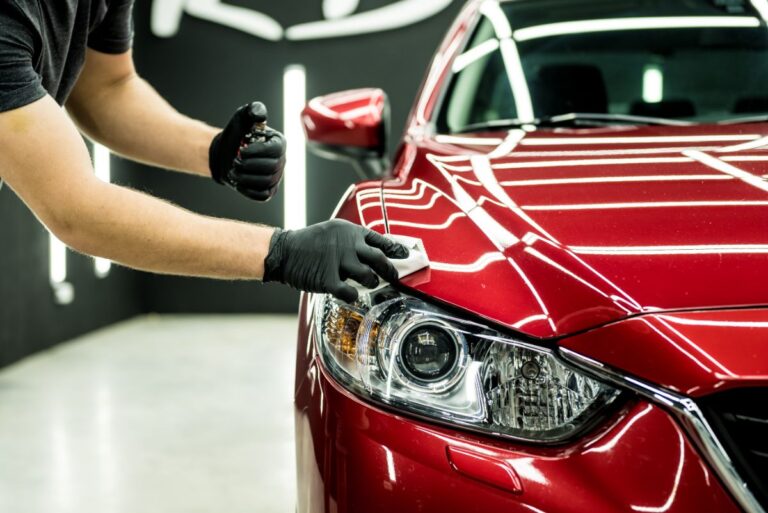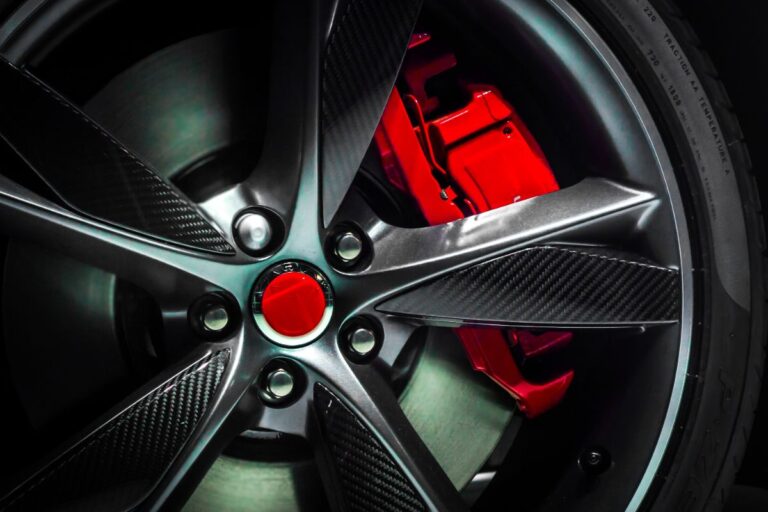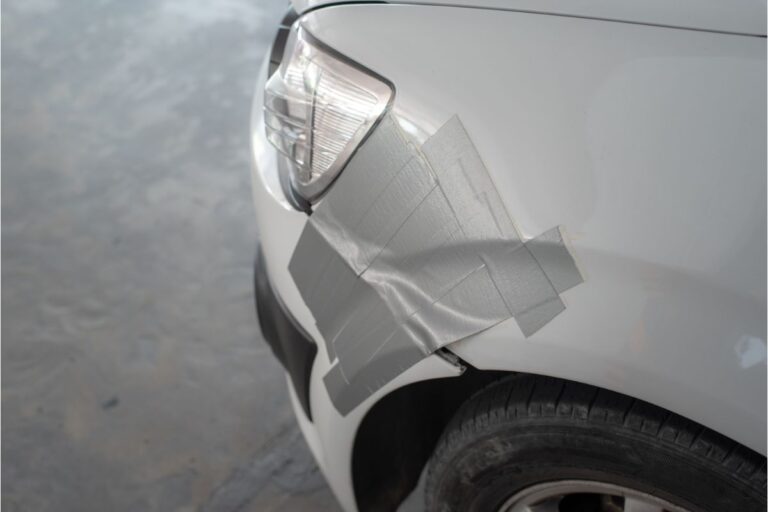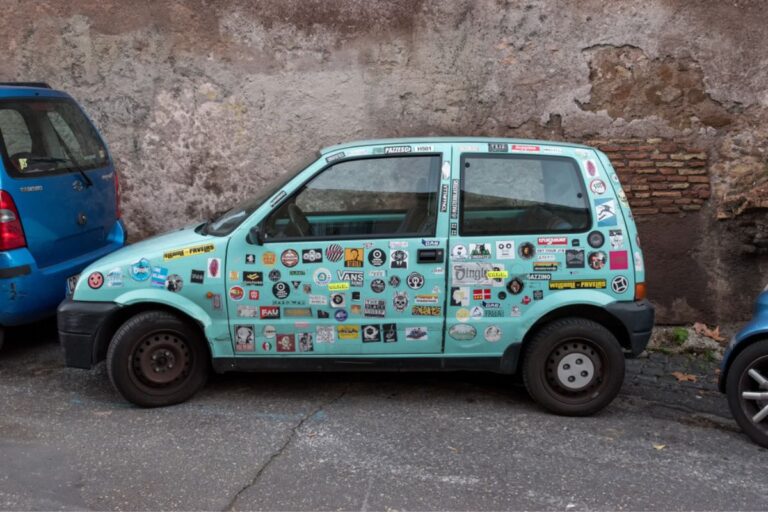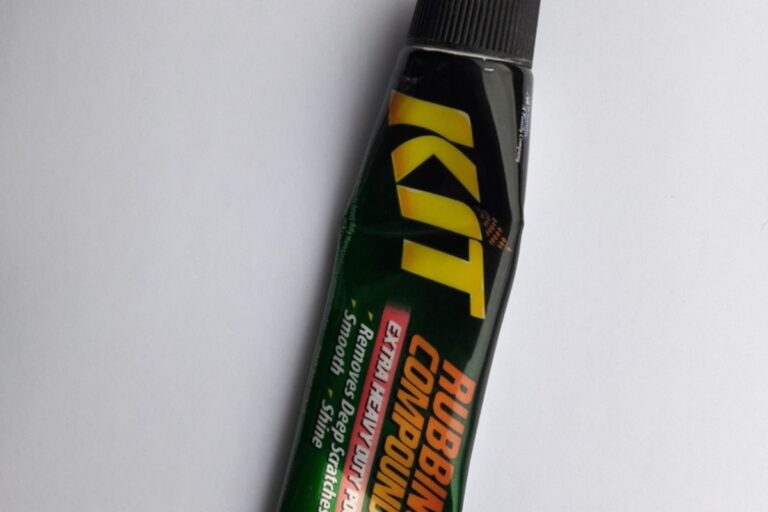
It is one of the most important elements to ensure good safety on the road, but is nevertheless very often neglected by motorists.
Essential in bad weather and in summer to remove mosquitoes encrusted on the windshield, the wiper fluid must therefore be the subject of very special attention and must be checked regularly. The wiper fluid is stored in a tank located under the hood, which tends to empty relatively quickly.
This is especially true if driving in difficult weather conditions. But then, how often should new windshield wiper fluid be replenished to make sure there is enough fluid left to hit the road safely? First, though, it is important to look at the importance of this fluid.
Windshield Wiper Fluid: What is it?
Windshield wiper fluid is a liquid used to clean the windows of a vehicle. It consists of three main ingredients: water, alcohol (ethanol) and ethylene glycol.
As the name suggests, windshield wiper fluid is the car’s fluid that cleans the windshield. This is mandatory equipment on every vehicle. In fact, the Highway Code stipulates that the windscreen must be fitted with a windscreen wiper device for all vehicles.
Generally blue in color, windshield wiper fluid should not be confused with other fluids in the car’s engine. There are different types containing varying degrees of antifreeze, especially so as not to freeze in winter.
The lack of windshield wiper fluid on a car therefore exposes drivers to a 3rd class fine. Additionally, driving with a dirty windshield puts the driver’s safety at high risk.
How is it used and where sold?
Contained in a tank easily accessible by opening the bonnet, it is activated by pulling the right steering wheel stalk. It is then projected onto the windshield and the wipers are activated to clean the glass.
Windshield wiper fluid can also be sprayed on a vehicle’s rear window or headlights, depending on the vehicle’s equipment. This solution is sold in supermarkets, gas stations, or in specialized stores in 5L or 20L bottles.
What does windshield wiper fluid contain?

The composition of windshield wiper fluid varies, as there are different types. However, it still contains three main components:
- Water;
- Ethanol;
- Ethylene glycol.
Often, dye and perfume are also added to the windshield wiper fluid. This is what gives it its particular smell and especially its light blue color, which notably allows it to be distinguished from coolant.
Be careful though. Even if the wiper fluid contains water, under no circumstances should tap water be used instead. Indeed, the latter contains limestone which could deposit scale on the car’s distribution system and damage it.
If I run out of wiper fluid, I usually use dematerialized water instead . Note, however, that this is an exceptional solution because it does not have the same properties and therefore will not guarantee optimal efficiency.
Where is the wiper fluid reservoir located?
The wiper fluid reservoir is easily accessible. It’s under the hood. It’s usually clear plastic, so the driver can spot windshield wiper fluid by its bluish color. The windscreen wiper fluid reservoir cap also bears a symbol representing a windscreen and a small jet of water.
To fill the windshield wiper fluid and top it up, simply open the cap and pour the fluid up to the maximum level. Close the cap tightly once the tank is full. Good to know: if a driver changes the type of windshield wiper fluid, for example by replacing summer fluid with winter fluid, it is better to bleed it.
Where is the tank?

On vehicles, the tank is located under the hood. To open the bonnet of a car, the driver must locate the lever which is generally located at the bottom left of the steering wheel.
Then, in front of the hood, the driver would need to push the tab to the left at the same time as lift the hood. Raise it and hold it using the cylinders located on the sides of the cover.
How to fill the tank?
Filling the windshield wiper fluid reservoir is an operation that can be done by the driver. To do this, all the driver needs to do is:
- Take a spout to prevent the liquid from spilling everywhere.
- Remove the cap.
- Fill the tank to the maximum.
- Close the cap and the cover. The vehicle is ready!
Why are there varying wiper fluids?

There are three types of windshield wiper fluid. One for summer, one for winter and one for all seasons. The specific product for the summer contains a repellent for mosquitoes. Remember to replace it once winter arrives because it contains less antifreeze.
In fact, the windshield wiper fluid intended for winter is resistant to very cold temperatures of up to minus 30 degrees. I just buy a product intended for all seasons to make it easier.
- Summer windscreen wiper fluid : it is specially designed for high temperatures;
- Winter windscreen wiper fluid: it is designed not to freeze even in the event of very low temperatures;
- Multi-season windshield wiper fluid: it can be used anytime throughout the year.
The special summer windscreen wiper fluid is also particularly effective in cleaning the traces left by insects. However, it must be replaced in winter by a windscreen wiper fluid with a higher degree of antifreeze to better withstand the drop in temperature.
The winter windscreen wiper fluid thus makes it possible to resist and above all not to freeze down to -30°C . If a driver goes to the mountains or lives in an area where it can be very cold in winter, especially if the car is parked outside, it is best for them to choose a windshield wiper fluid with a high degree of antifreeze.
Indeed, windscreen wiper fluids stamped summer are only effective above 0°C . All-weather liquids only resist down to around -10 or -15°C, which is not enough in the mountains.
How often should the windshield wiper be checked?

In reality, there is no specific frequency for checking the vehicle’s windshield wiper fluid level. Indeed, this is one of the features of a vehicle that works overtime.
Therefore, it is necessary that the tank is filled all the time, so as not to be caught off guard in case of need. It is therefore best to check the level after each trip where it has been used, to make sure that there is enough left.
If the car is stationary for a long time, remember to check the level regularly, to be sure that your tank has no leaks. I do pay attention and notice if there is high fluid intake.
Note that if the car is fitted with headlight wipers, which is particularly the case on vehicles fitted with Xenon lights, the level of windscreen wiper fluid will drop more quickly. Certainly, this device then draws from the same reservoir as for the windshield.
How much does windshield wiper fluid cost?
Windshield wiper fluid is usually sold in 5 L containers as mentioned before. It is sold in specialized stores, auto centers, on e-commerce sites and at most gas stations, but also in the automobile department of supermarkets.
Depending on the type of season (winter, summer, etc.), its brand and the place where it can be bought will usually have a price ranging from $5 to $10.
Can I use clear water as a wiper fluid?
It’s Sunday, you’ve run out of wiper fluid and no store is open. How would I deal with this? I would not even entertain the idea of using tap water just once. Why? Tap water is hard and will deposit scale in the distribution system.
However, demineralized water will do the trick, but won’t be very effective. Add demineralized water and a drop of dishwashing liquid, a little white vinegar and/or a little alcohol to prevent freezing and to give a decent clean until the store opens. It is that simple.


